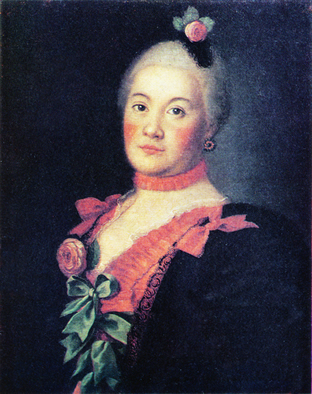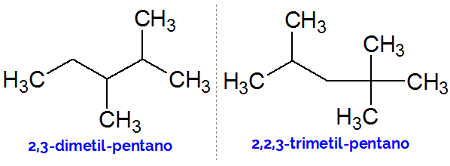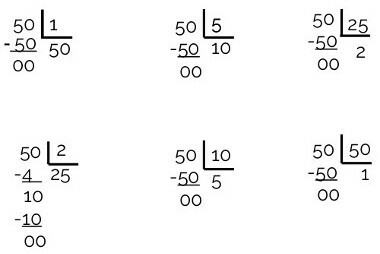Catarina II or, as it became more popularly known, Catherine the Great (1729-1796), was a Russian empress (czarina) of German origin. One of the representatives of the lineage of monarchies that ruled under the influence of Enlightenment ideals, the enlightened despot Catarina was at the head of the Empire Russian between the years 1762 to 1796 and sought to modernize the state, carrying out an administrative reform, stimulating agriculture and commerce, in addition to reorganizing the army.
Born Sophie Friederike Auguste, Princess von Anhalt-Zerbst, Catherine was the daughter of Prussian nobles and at age 15 old, she was sent to Moscow, capital of Russia, to meet her future husband, Grand Duke Peter Holstein-Gottorp. From the beginning, she sought to learn from Russian culture, learning the language and studying the Orthodox Christian religion, into which she was baptized in 1745, renamed Catherine Alexeievna.

Catherine II the Great was an enlightened despot influenced by Enlightenment ideals.*
In that same year, she married the Grand Duke, later named Pedro III, upon assuming the throne in 1761, with the death of Tsarina Izabel. Catherine's ambition was to reach the throne, which occurred in 1762 after she supposedly created a plan, in alliance with some generals of the army, to remove her husband from the throne and later murder him. Her first action was to establish an alliance with King Federic of Prussia, which generated dissatisfaction among the Russian nobility. The situation of dissatisfaction was later circumvented with a series of measures that benefited the nobles.
Between 1766 and 1768, Catherine convened Congress to debate and pass some reforms, but it was unsuccessful. However, on its own initiative, it divided Russian territory into 44 provinces and districts were created in each of them, in which the nobility formed an assembly to govern them, in addition to obtaining several privileges. In 1785, she promulgated the Charter of the Nobility, which guaranteed tax exemption to nobles and increased their powers.
These measures showed the Enlightenment influence over her government, as state reforms were one of the hallmarks of enlightened despots. Catherine constantly exchanged correspondence with the French philosophers Diderot and Voltaire, and sought to encourage knowledge, such as the construction of the University of Moscow in 1783. It even created laws reducing the use of torture and the death penalty, allowed freedom of worship, it also secularized some ecclesiastical properties for the benefit of the State and started to maintain convents and churches.
In the military sphere, he conducted wars with several kingdoms to gain access to the sea, which he achieved in 1772, resulting in the conquest of territories and a rapprochement with Central Europe. Against the Ottoman-Turkish Empire he waged two wars, between 1768 and 1985, in which he incorporated the northern coast of the Black Sea and the Crimean peninsula into the borders of the Russian Empire.
Catherine the Great was one of the most famous Russian tsarinas, her reign ending in 1796, the year of her death.
*Image credits: Igor Golovniov and Shutterstock.com
By Tales Pinto
Graduated in History


